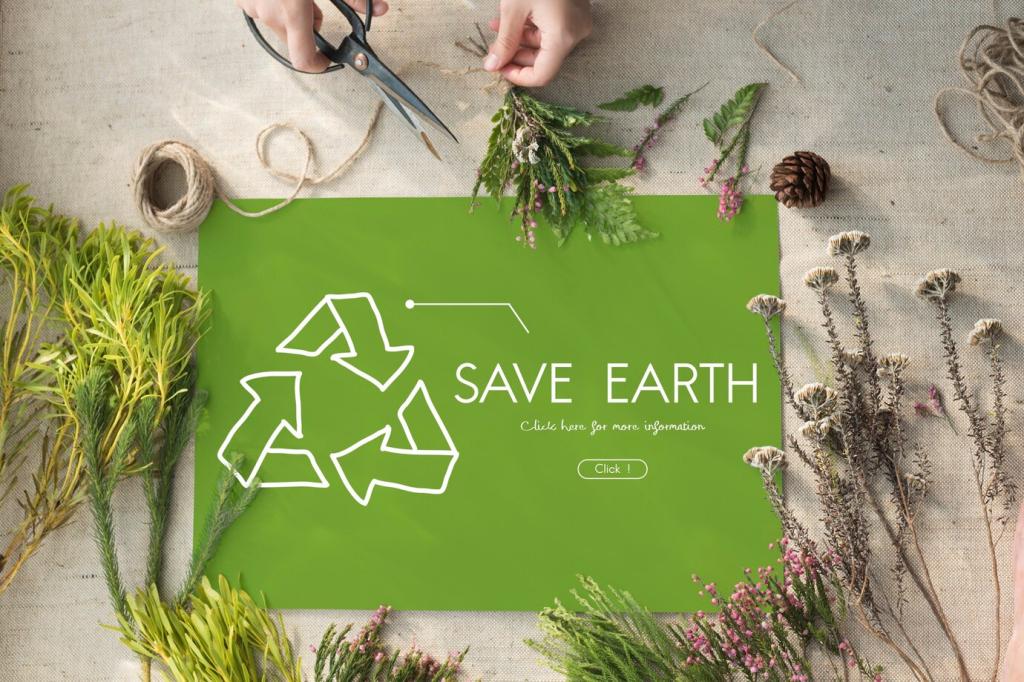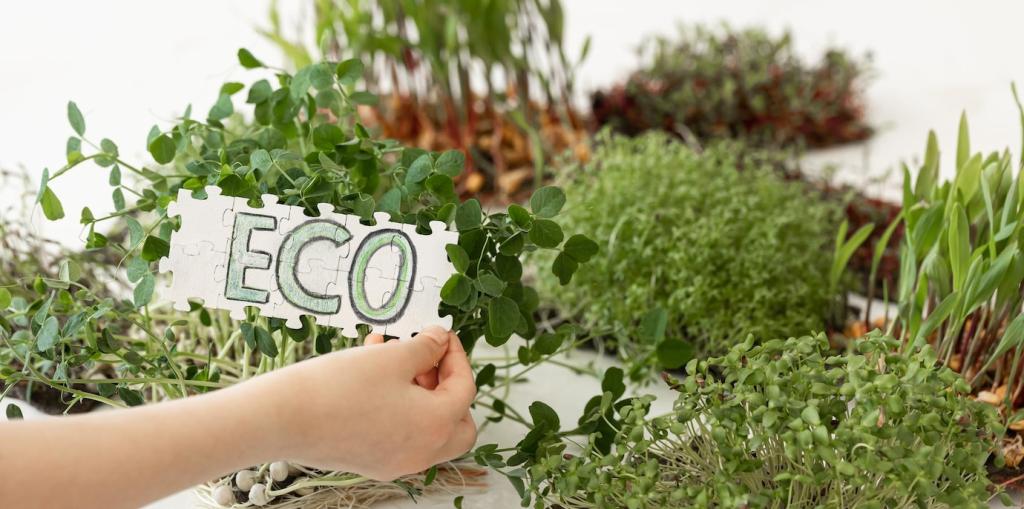Designing Low-Carbon Websites Without Compromising Beauty
Use modern formats like AVIF and WebP, serve responsive sizes, and apply lazy loading with sensible thresholds. Combine art direction with content-aware compression to avoid shipping pixels users never see. Share a link to your heaviest page, and we’ll suggest three image optimizations that keep your aesthetic intact.
Designing Low-Carbon Websites Without Compromising Beauty
System font stacks reduce requests, while variable fonts consolidate files and unlock elegant responsiveness. Darker palettes can minimize OLED energy draw, though contrast and accessibility come first. Comment with your preferred font setups, and subscribe to get our print-ready checklist for low-latency, energy-conscious type choices.



